Best Used Car, Services, Auto Parts, Rent Car Available for Buy and Sell Near By Go Ahead
- Emerging Trends in Farm Equipment for 2025
- 2025 Agricultural Forecast: Key Trends and Predictions for Crop Production in India
- Mini Tractors in India - Features, Prices, and the Best Options
- Key Stakeholders of the Used Tractor Market in India and Sources of Used Tractors
- Best Tractors in India 2025: Top 10 Picks for Every Farm Size
- महिंद्रा मिनी ट्रैक्टर - कीमत, मॉडल, और सुविधाएँ
- Exploring Top 10 Tractor Brands for Farming in India
- Evolution of Tractors in India: A Journey Through the Decades
- Top 10 Farm Equipment and Tools in India to Boost Agricultural Efficiency
- Understanding Tractor CC: Explaining the Concept and Significance
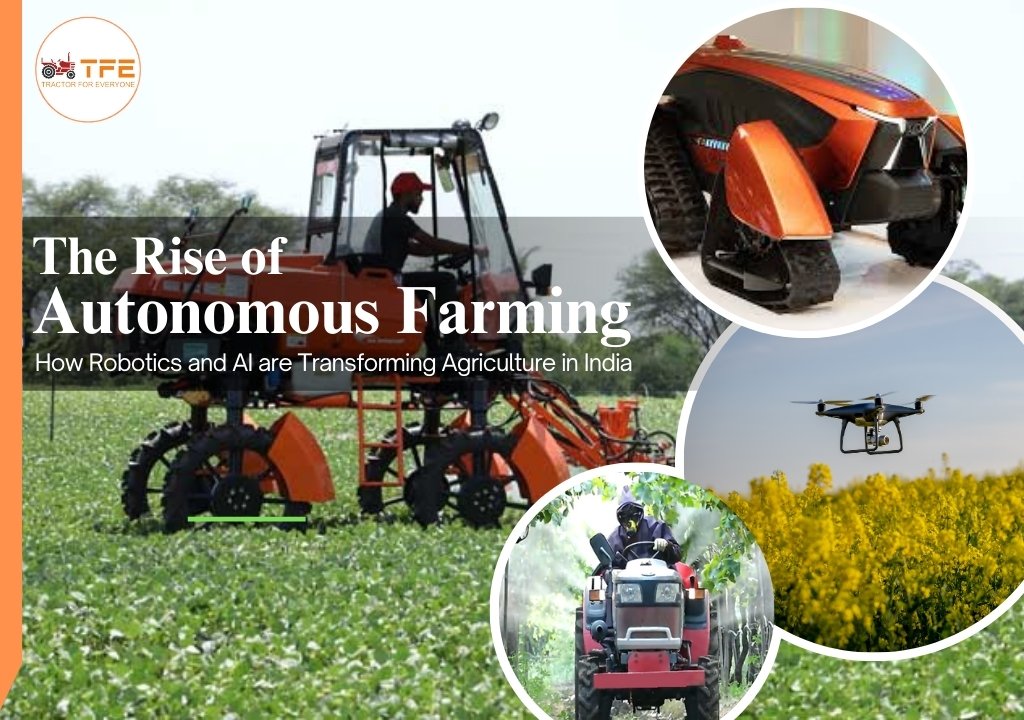
The Rise of Autonomous Farming: How Robotics and AI are Transforming Agriculture in India
Agriculture has long been the backbone of the Indian economy, with nearly 50% of the population still reliant on farming for their livelihood. However, the sector faces numerous challenges, from labor shortages to climate variability and low productivity rates.
In recent years, technological advancements have opened new doors to revolutionize farming practices, especially through automation and the integration of robotics and artificial intelligence (AI).
Autonomous farming, which involves using self-driving machines and AI-powered tools, promises to address many of these challenges by boosting efficiency, reducing costs, and enhancing crop yields.
The Emergence of Autonomous Farming
Globally, autonomous farming technologies have rapidly evolved, but India is still in the early stages of widespread adoption. That said, the potential of these technologies to transform agriculture is enormous. Autonomous machinery, including drones, self-driving tractors, and robotic weeders, is reshaping how Indian farmers approach crop production.
According to the latest report by MarketsandMarkets, the global agricultural robotics market is projected to grow from $4.9 billion in 2020 to $20.6 billion by 2026, and India is expected to be a significant contributor to this growth. This trend is driven by a rising need for sustainable practices, a decrease in the rural labor force, and a focus on increasing farm profitability.
Key Components of Autonomous Farming
Drones
In India, drones have become increasingly popular for crop monitoring, pesticide spraying, and assessing soil health. They allow farmers to monitor large areas quickly, detect crop diseases, and even apply fertilizers and pesticides precisely, minimizing waste and environmental impact. For instance, the Indian government has introduced subsidies for drones in agriculture, particularly for use in spraying pesticides on rice and wheat crops. Drone service providers, such as Garuda Aerospace, have also been instrumental in advancing drone applications for Indian agriculture.
AI-Powered Irrigation Systems
AI-driven irrigation solutions are helping Indian farmers optimize water usage by analyzing soil moisture levels, weather forecasts, and crop water requirements. Companies like Fasal and Gramophone have developed AI-based platforms that provide irrigation insights, enabling farmers to save water and energy while improving crop growth. This is particularly significant in India, where agriculture accounts for nearly 80% of water usage, and water scarcity is a pressing issue.
Benefits of Autonomous Farming for Indian Agriculture
Increased Efficiency and Productivity
Autonomous machinery can perform repetitive tasks with precision and consistency, reducing human error and enabling farmers to cover more ground in less time. According to a study by the Indian Council of Agricultural Research (ICAR), automation can increase farm productivity by 15-20%. For example, using drones for crop monitoring can reduce the time required to survey fields from days to hours, allowing farmers to make timely interventions and improve crop yields.
Reduced Labor Costs
Labor shortages have become a significant issue in Indian agriculture, especially in rural areas where young people are migrating to cities for better job opportunities. Autonomous farming technologies help bridge this gap by reducing the need for manual labor. A self-driving tractor can perform tasks that would traditionally require several laborers, thereby lowering costs and improving profitability for farmers. In a survey by the National Bank for Agriculture and Rural Development (NABARD), nearly 60% of Indian farmers expressed an interest in adopting automation to offset rising labor costs.
Improved Crop Health and Yield
AI-powered tools provide valuable insights into crop health, enabling farmers to detect diseases, nutrient deficiencies, and pest infestations early. Early detection allows for timely intervention, which can prevent crop loss and increase yield. For example, AI-based solutions by CropIn Technology help farmers monitor crops in real time and take preventive measures against pests, potentially increasing yields by 10-15%.
Environmental Sustainability
Precision agriculture techniques, such as controlled pesticide spraying and optimized irrigation, contribute to a more sustainable approach to farming. With autonomous machines, farmers can reduce the overuse of chemicals and water, leading to lower greenhouse gas emissions and conservation of natural resources. According to a report by NITI Aayog, precision farming could cut agricultural water use by up to 30% and reduce pesticide usage by 20%, making agriculture more environmentally friendly.
Challenges and Barriers to Adoption in India
While autonomous farming holds immense potential, several obstacles remain in the path of
widespread adoption in India.
High Initial Investment
The cost of autonomous machinery, such as drones and self-driving tractors, remains prohibitively high for many small and marginal farmers, who make up over 85% of India’s agricultural population.
Although the government has introduced subsidies and financial support programs, these technologies are still out of reach for a large segment of farmers. Leasing options and cooperative models could help make these technologies more accessible.
Lack of Technical Knowledge
Many Indian farmers lack the technical skills required to operate autonomous machinery. Training
programs and workshops are essential to familiarize farmers with the use and maintenance of these tools. Some private players, like TAFE, have started offering training to help farmers transition to tech-enabled farming.
Inadequate Infrastructure
Connectivity and access to electricity are crucial for the operation of autonomous machinery. In rural India, where power outages and poor network coverage are common, the efficiency of such technologies can be compromised. Investing in rural infrastructure is vital for the successful adoption of autonomous farming.
Data Privacy and Security
With the integration of AI and IoT in agriculture, large volumes of data are generated, including sensitive information about crop types, yield, and soil conditions. Ensuring the security of this data and protecting farmer's privacy is essential. Clear policies and guidelines around data use are needed to address these concerns.
Government Initiatives and Support
Recognizing the benefits of autonomous farming, the Indian government has introduced various policies to promote technology adoption in agriculture. The Pradhan Mantri Kisan Samman Nidhi (PM-KISAN) scheme, which provides direct income support to farmers, has helped alleviate some financial burdens, making it easier for farmers to invest in technology.
Additionally, under the National Mission on Agricultural Extension and Technology (NMAET), the government promotes the adoption of precision farming and has subsidized the purchase of drones and other advanced machinery.
Further, the recent push for the Digital India and Make in India initiatives aims to foster domestic innovation and production of agricultural technologies, creating affordable options for Indian farmers. State governments, too, are setting up technology hubs and partnerships with tech firms to develop region-specific solutions for autonomous farming.
The Road Ahead
Autonomous farming offers promising solutions to some of India's most pressing agricultural challenges, but the path forward requires collaborative efforts from the government, private sector, and farmers. Public-private partnerships can accelerate the development and accessibility of these technologies, while government support in the form of subsidies, training programs, and rural infrastructure development is critical to ensure equitable access. Additionally, educating farmers on the benefits and potential of these technologies will foster a more tech-savvy agricultural community.
India’s future in agriculture lies in adopting innovative solutions that enhance productivity, conserve resources, and address labor shortages. Autonomous farming, driven by robotics and AI, is not just a trend but a necessity for the sustainable growth of Indian agriculture. By embracing these technologies, India can build a resilient agricultural sector that meets the food security demands of a growing population and empowers farmers to cultivate a prosperous future.
Write a Comment
Popular Blogs
-
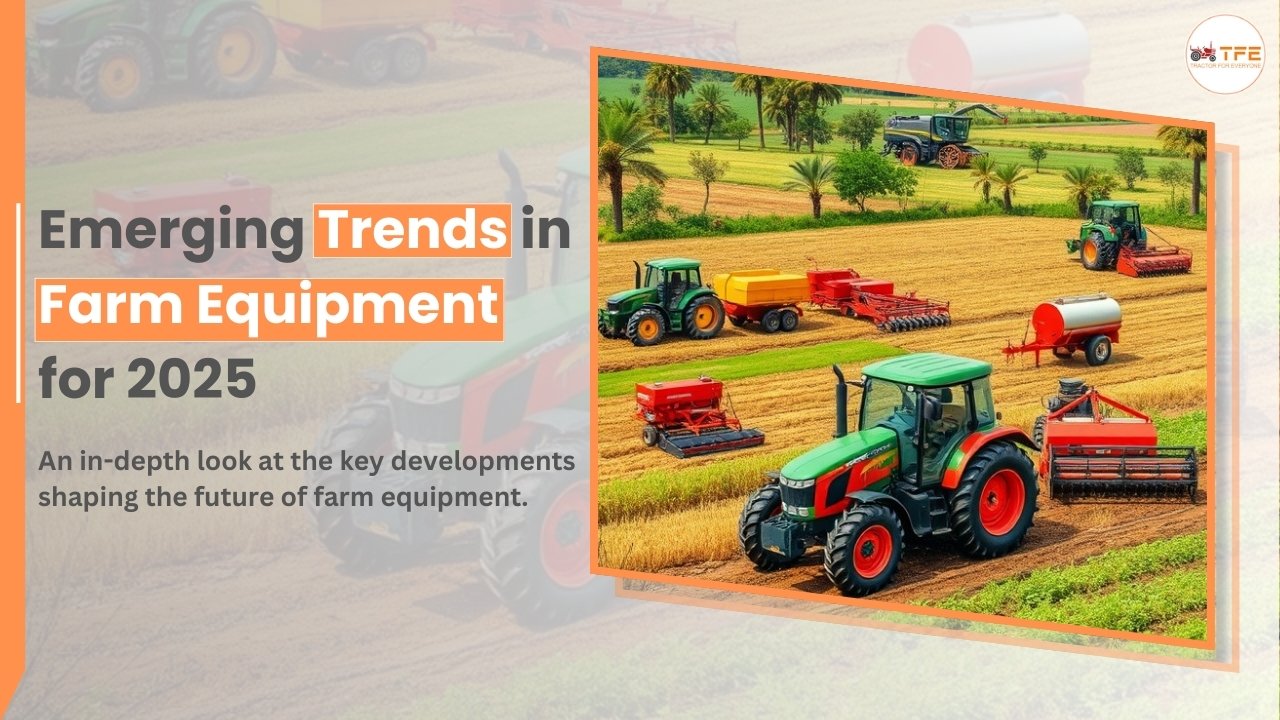
Emerging Trends in Farm Equipment for 2025
12/12/2024, POSTED BY ADMIN -
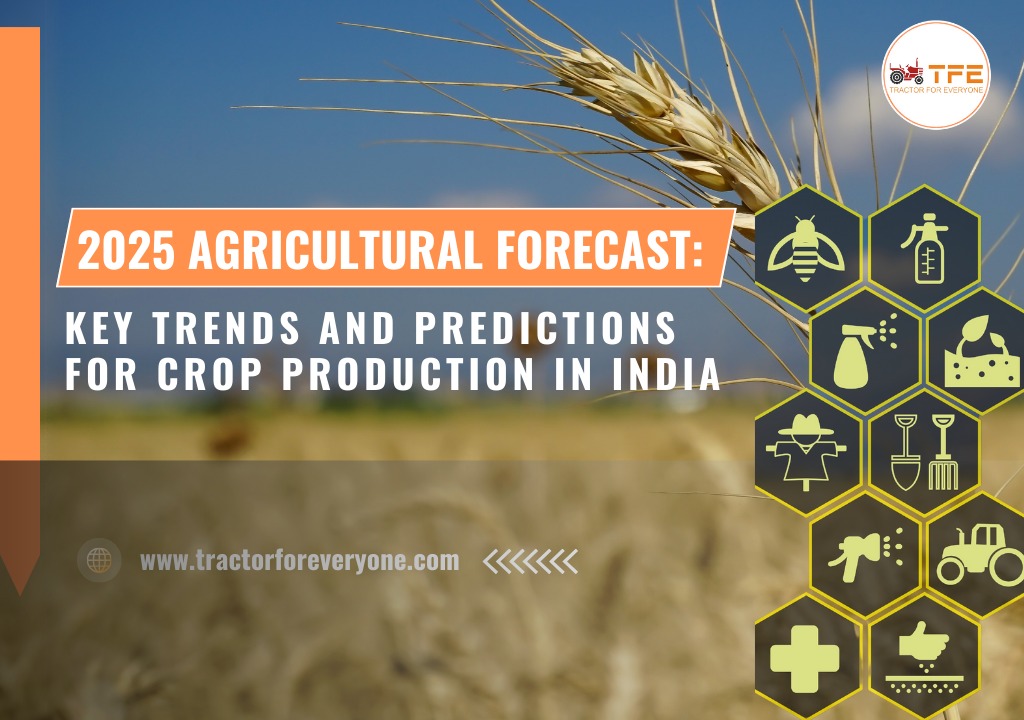
2025 Agricultural Forecast: Key Trends and Predictions for Crop Production in India
12/11/2024, POSTED BY ADMIN -
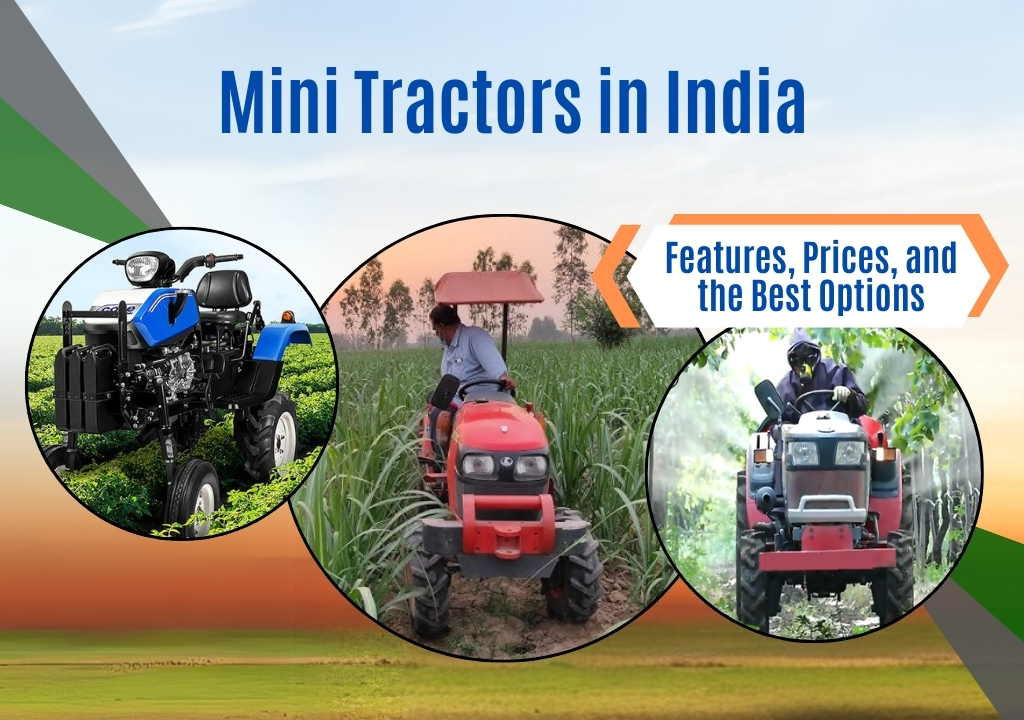
Mini Tractors in India - Features, Prices, and the Best Options
02/06/2025, POSTED BY ADMIN -
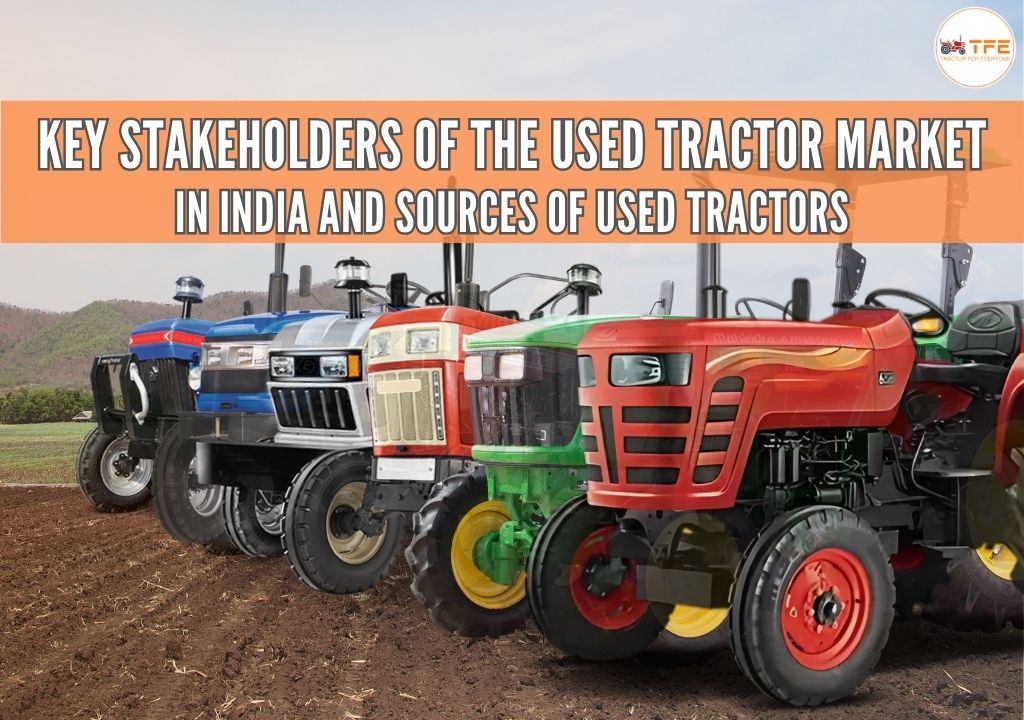
Key Stakeholders of the Used Tractor Market in India and Sources of Used Tractors
02/04/2025, POSTED BY ADMIN -

Best Tractors in India 2025: Top 10 Picks for Every Farm Size
05/29/2025, POSTED BY ADMIN

